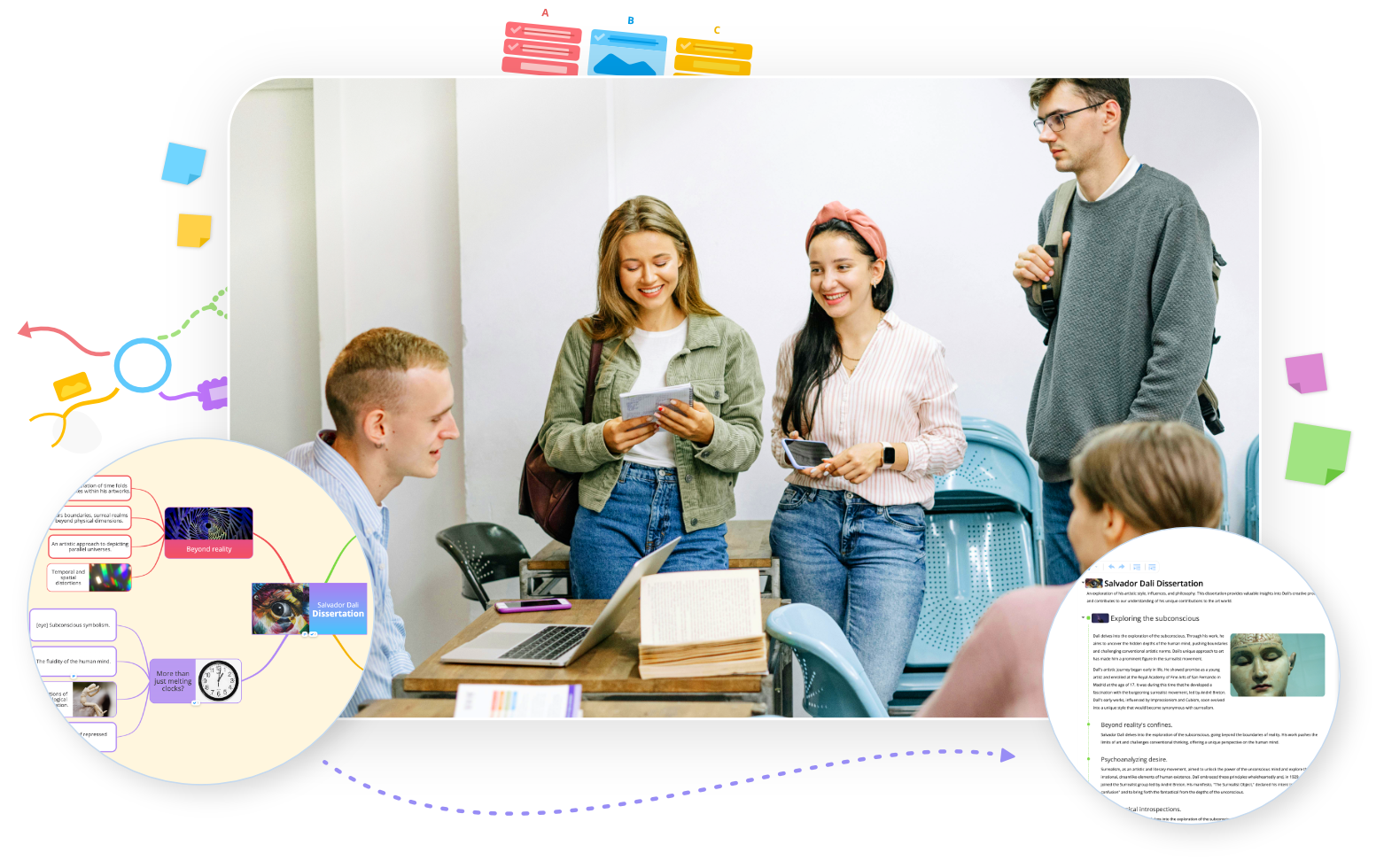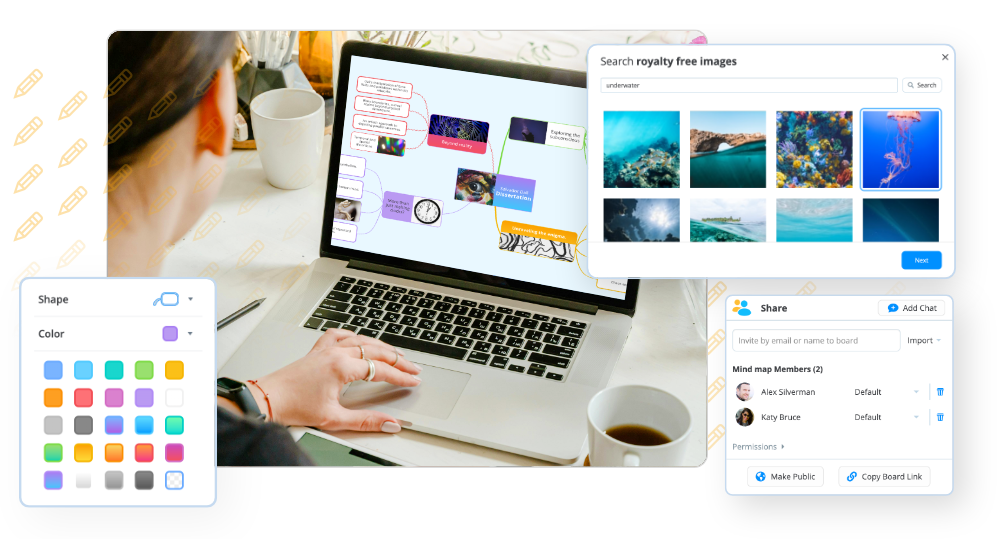This Saturday marks the eighth annual Autism Awareness Day; a day dedicated to spreading awareness about Autism on a global scale.
As the fastest-growing lifelong developmental disability, Autism effects 1 in 100 people in the UK and is prevalent in 1 out of 68 births in the United States. So, what exactly is Autism?
Autism affects how a person communicates with and relates to other people – including how they make sense of the world around them. As it’s a spectrum condition it effects each individual in a different way, with some living very independent lives and others requiring a lifetime of specialist support.
For some people with Autism, communication can be quite challenging. Visual symbols and sign language play a very significant role, since difficulty is experienced with the literal understanding of language – whether verbal or non-verbal. For example, sarcasm, facial expressions or tone of voice may be difficult to process as it may depend upon interpretation and intent – after all, people don’t always mean what they say. For others, the language itself is less challenging, with behavioural traits such as repeating what the other person has said, more prominent.
The way we’re wired
Visuals (whether it’s icons, logos, symbols, colours or shapes), play a very significant role in the world around us. They help draw our attention to certain objects, areas or even bits of text, and above all else, visuals have the ability to convey information with great speed – especially in comparison to text which challenges our brain to ‘decode’ before we can understand. Did you know that it’s said to take 1/4 of a second for our brains to process visual cues? It’s undeniable, therefore, that visuals go much further than just their aesthetic appeal.
For those with Autism Spectrum Disorder, visual supports can be of help with seeing and understanding as they provide an opportunity to communicate with less difficulty. Encouraging communication and development can have a great effect on self-esteem as well as independence, and there are a number of great tools and learning aids available for people of all ages and abilities.
During the development of DropTask, visuals have always been a key focus for us as we look to support the natural processes of our brain. Textual information is still useful and certainly holds its place, but as humans, we’re biologically wired to process the world visually and this can greatly aid in the realm of organisation and productivity. In the infographic below, we explain why:


